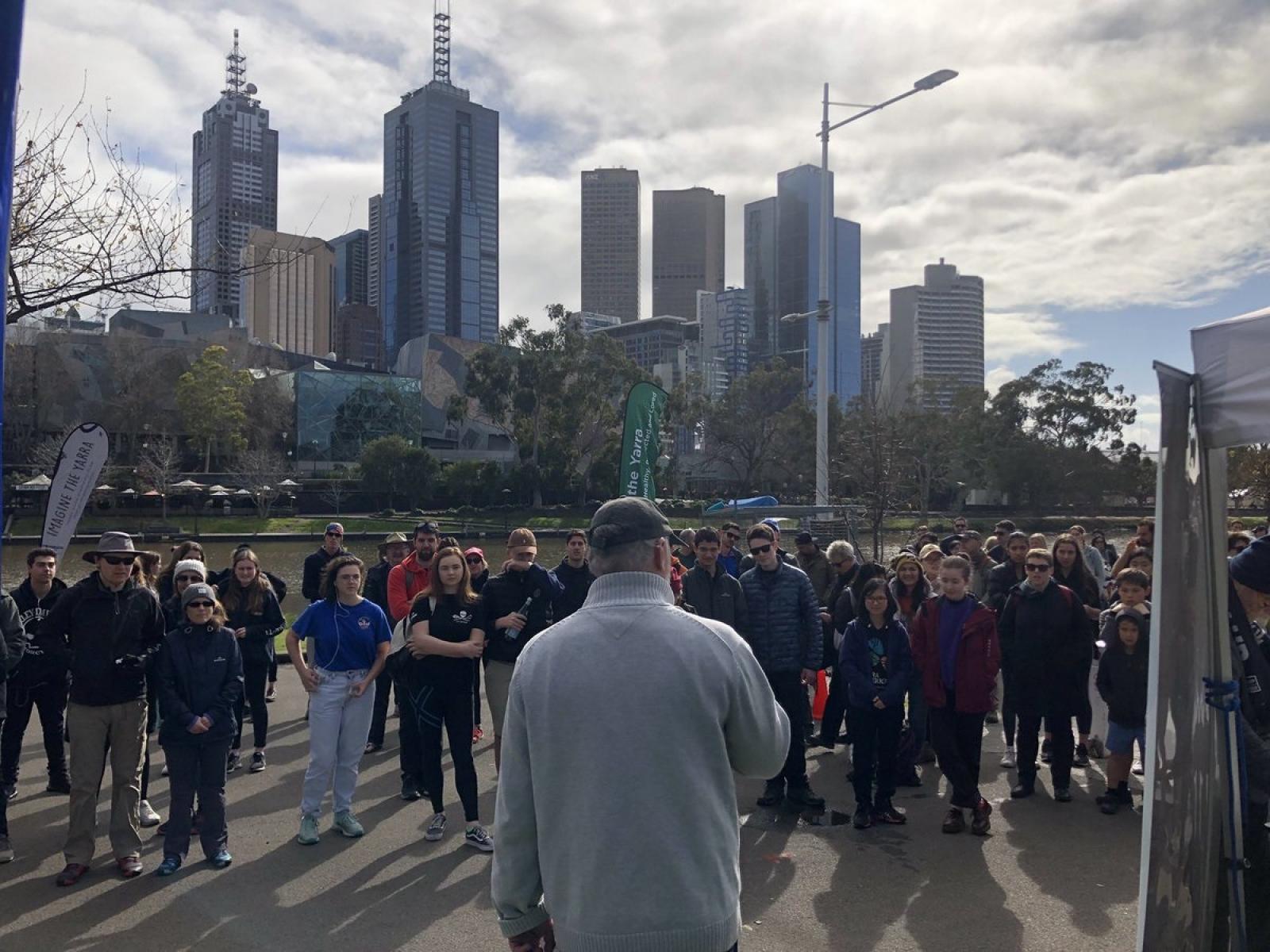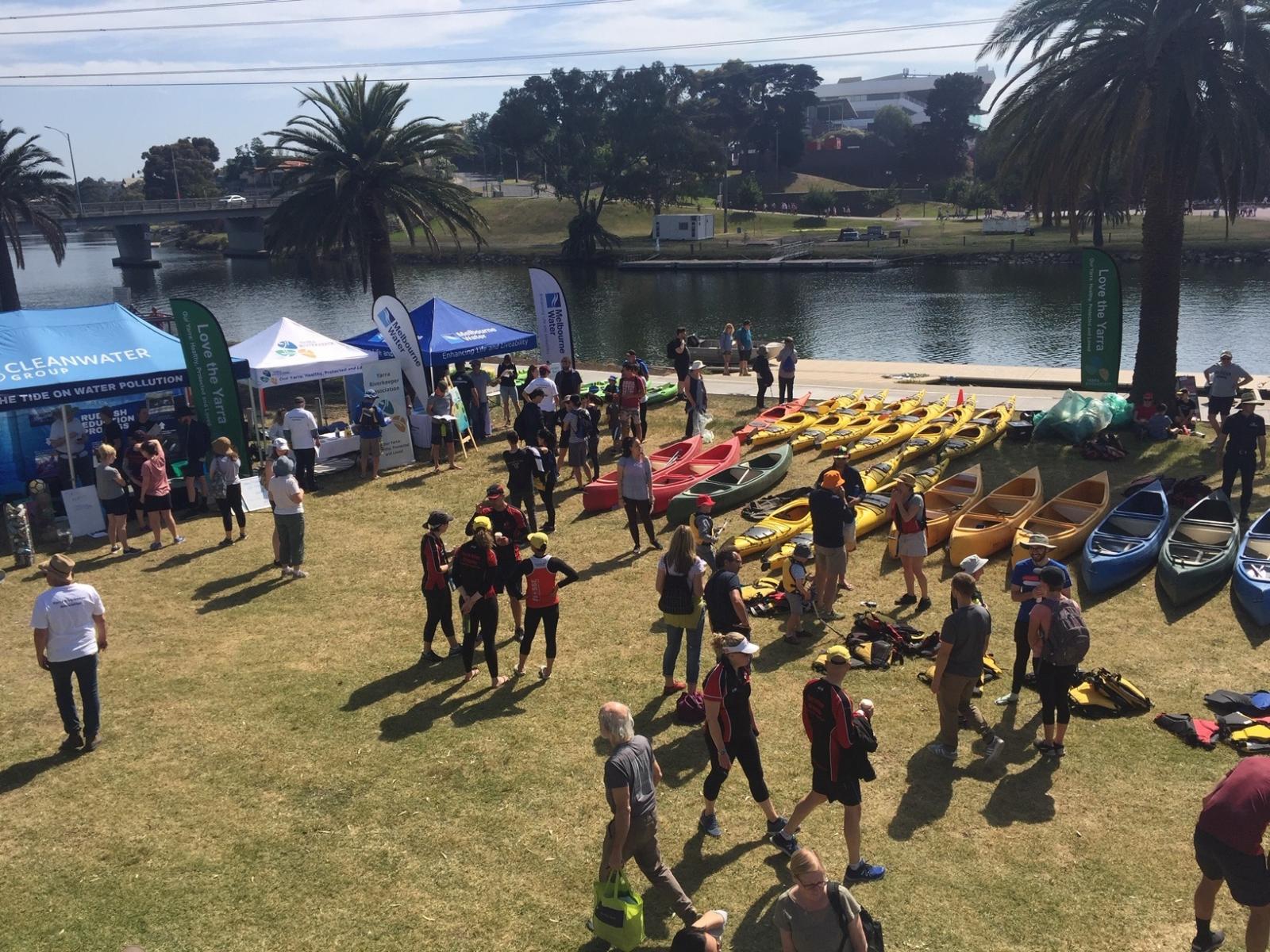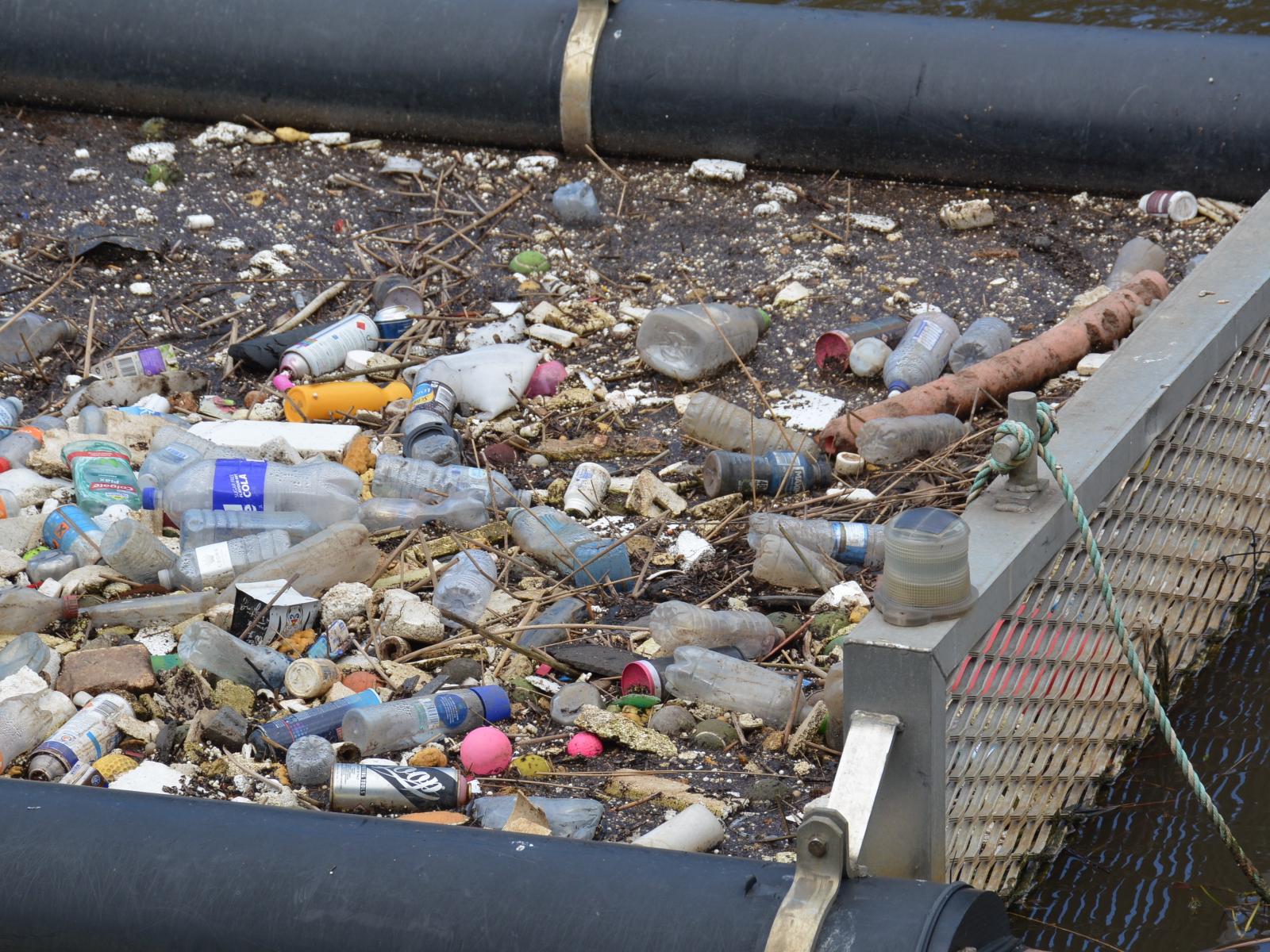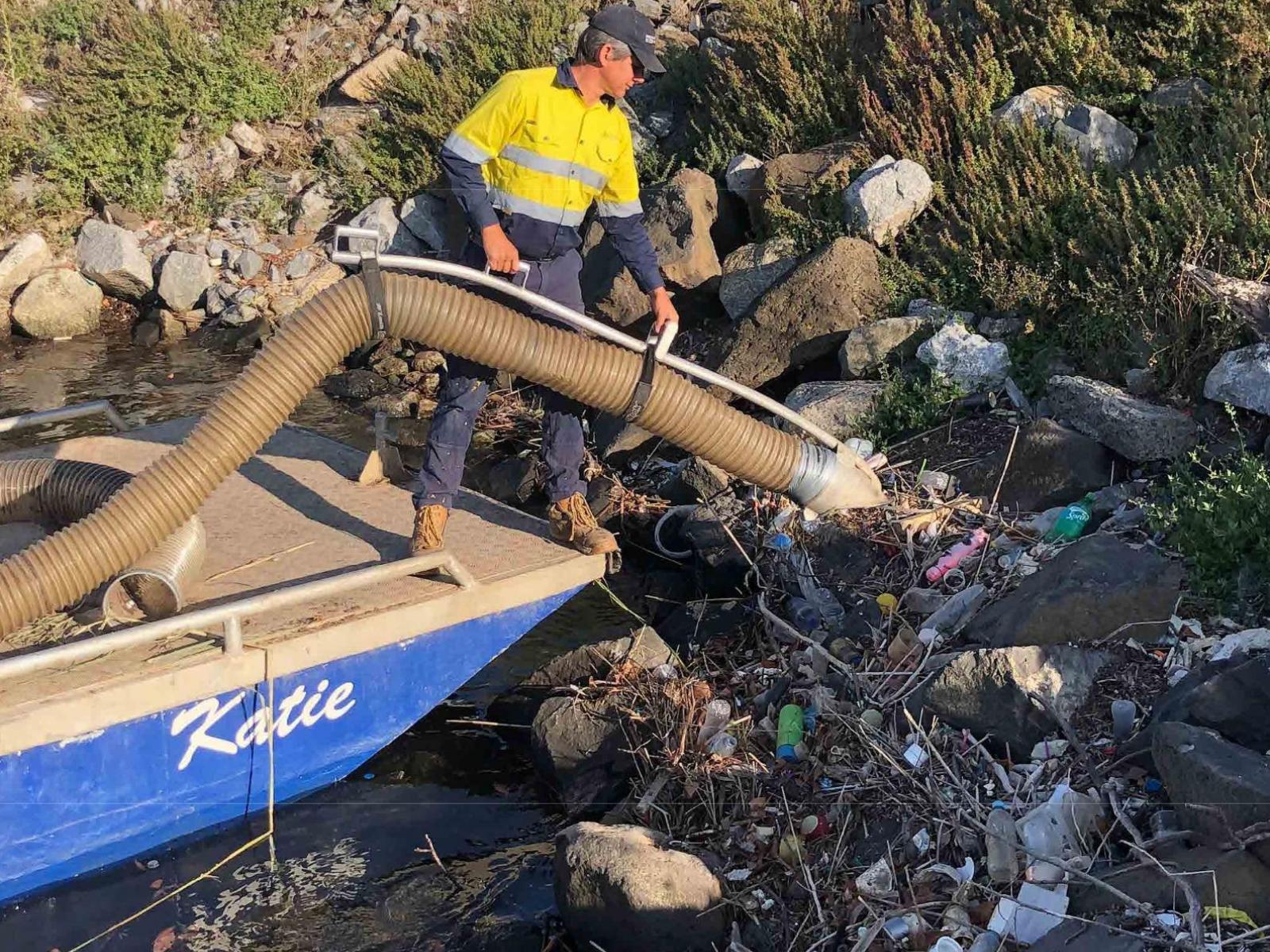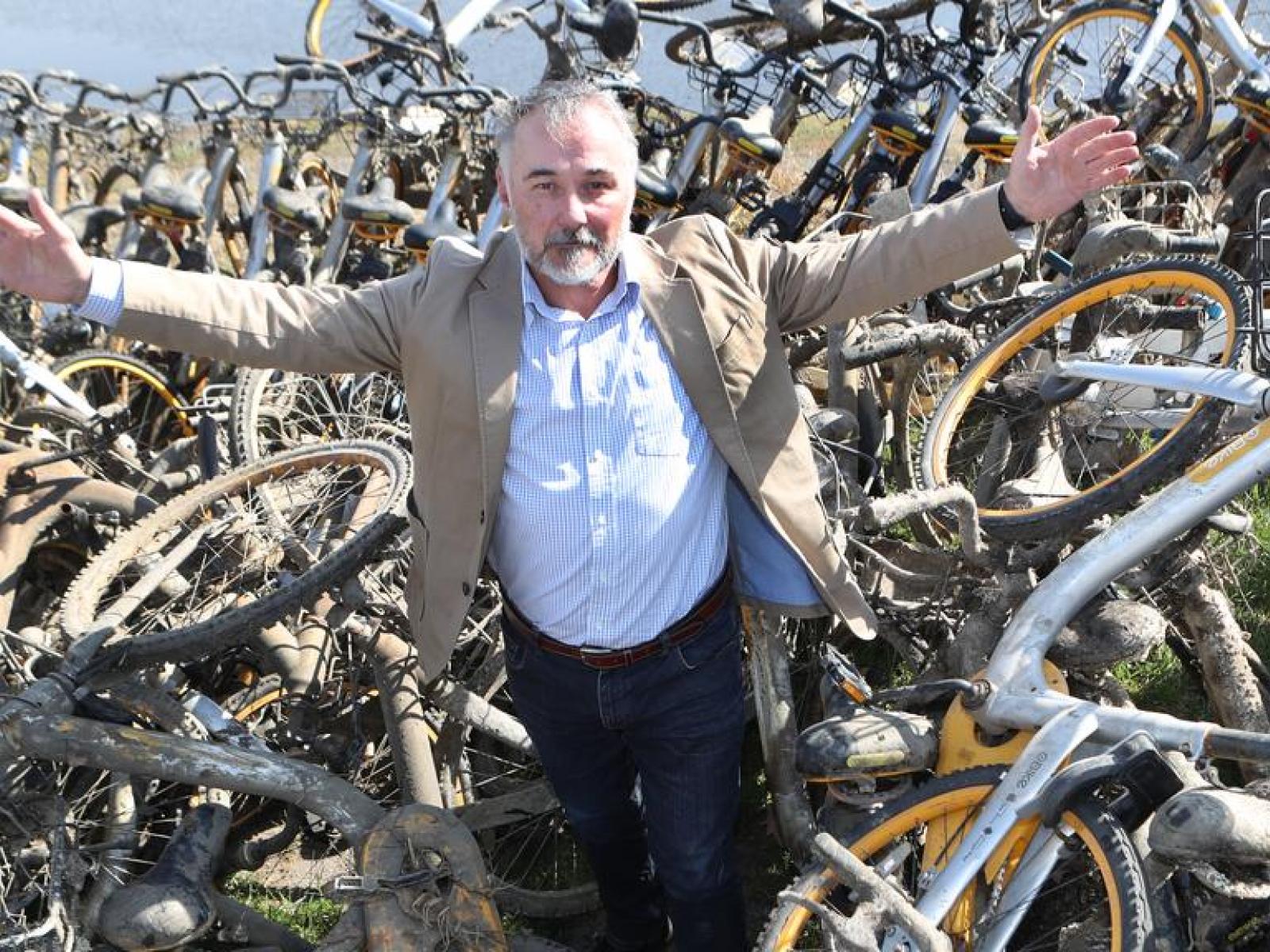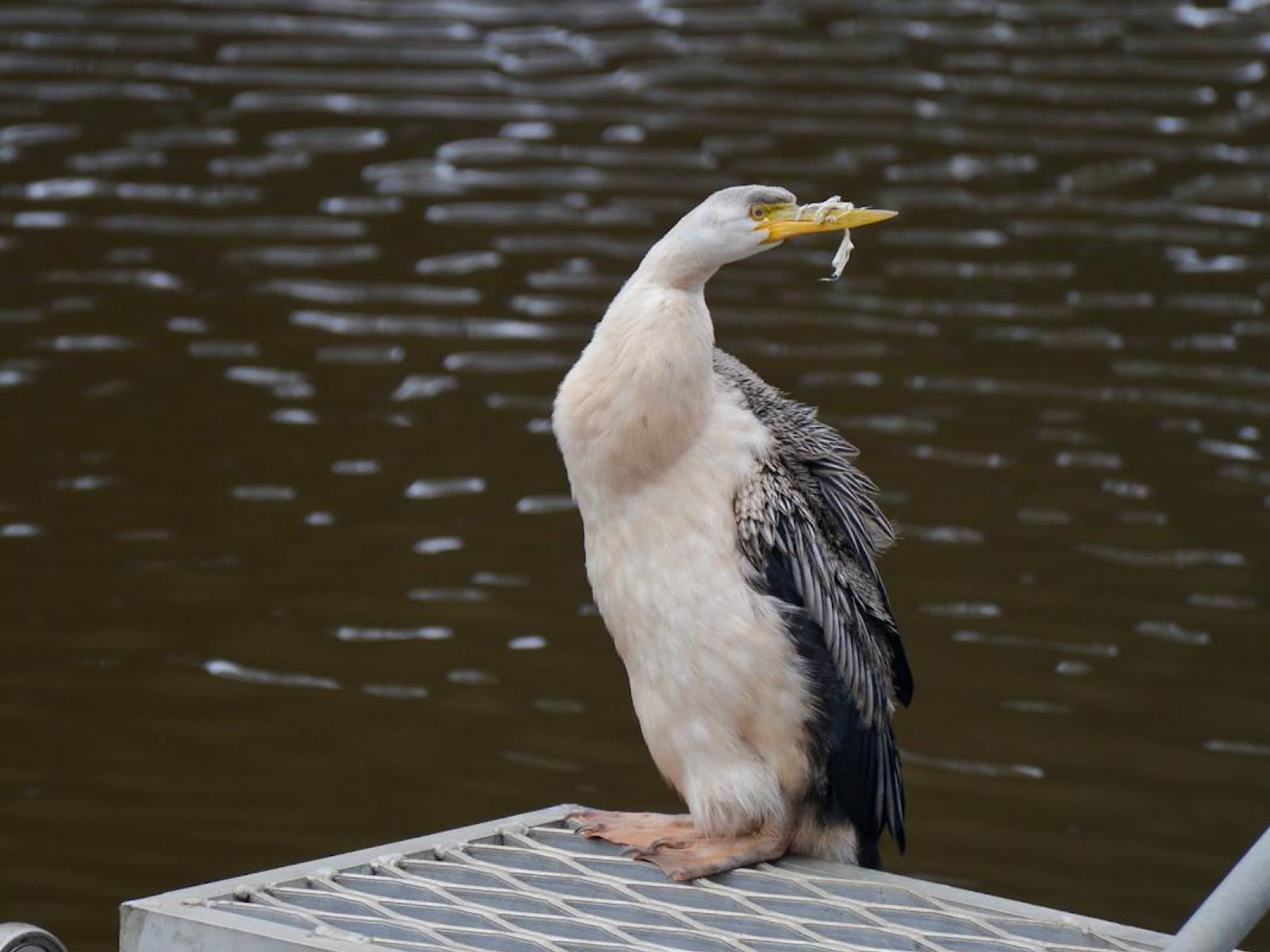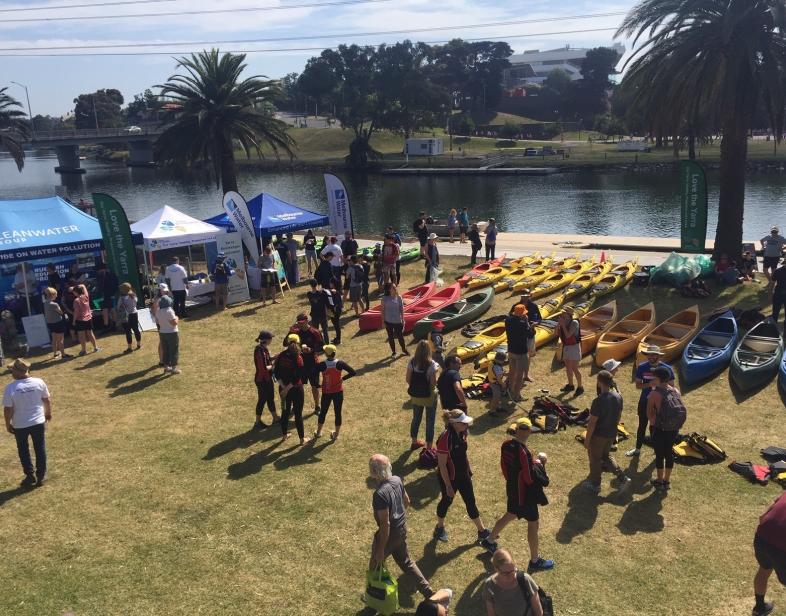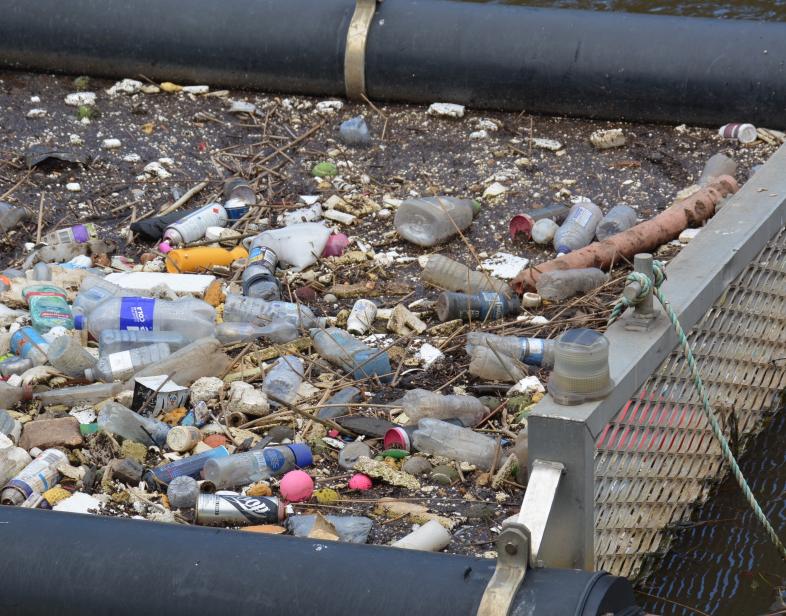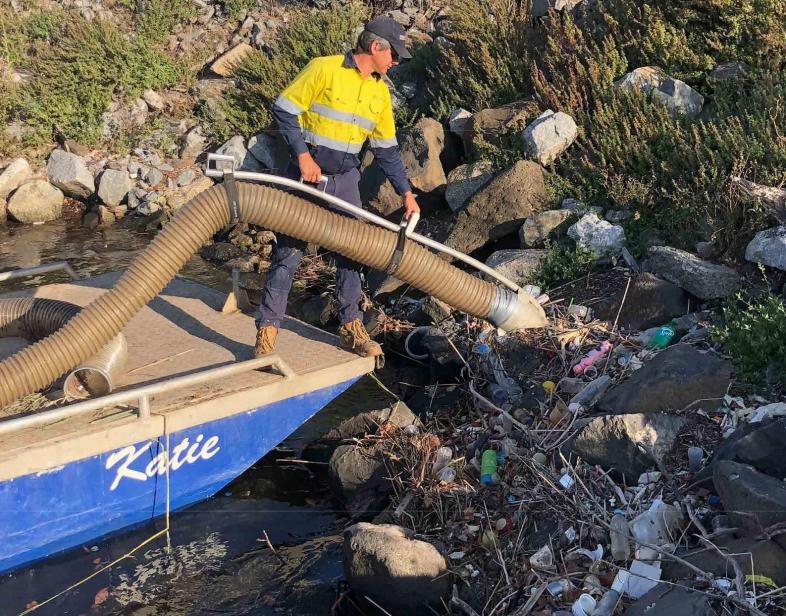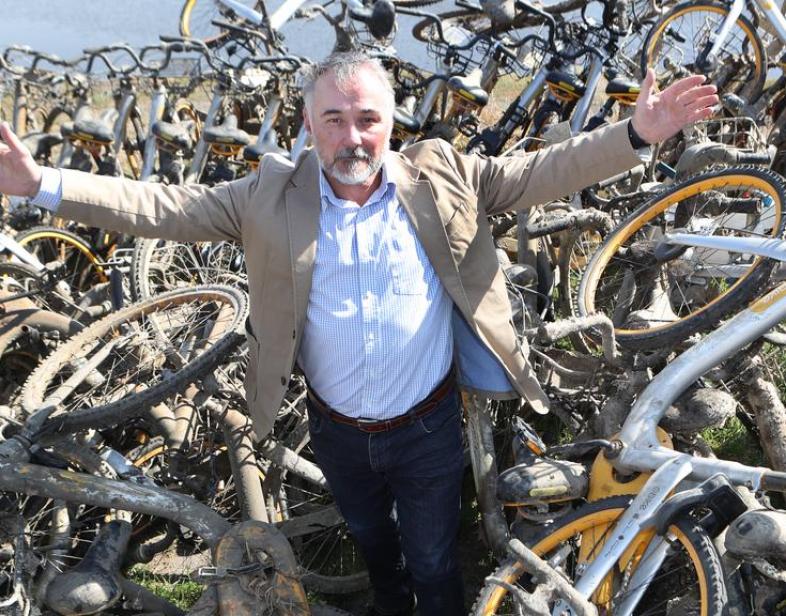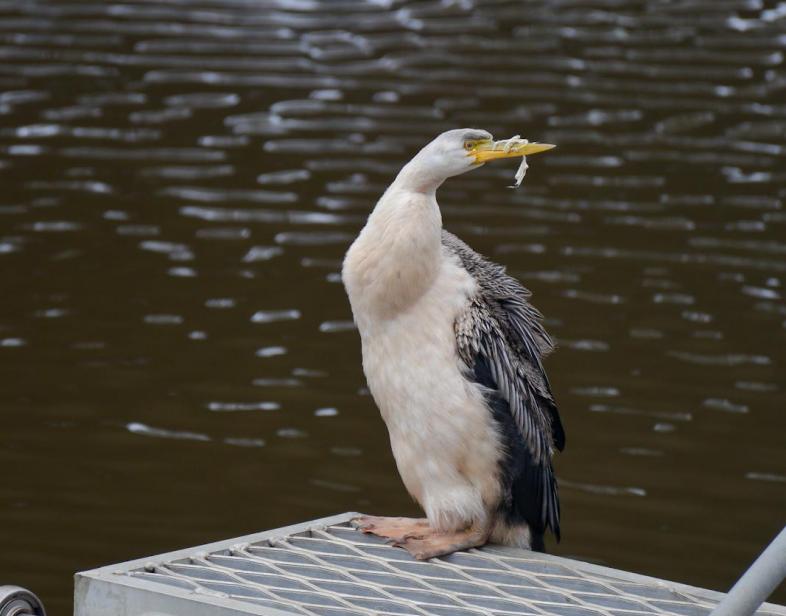An Overview Of Our Solution
The Yarra Riverkeeper Association (YRKA) is a leading member of the Global Waterkeeper Alliance that advocates for the protection of the Yarra River’s waterways, parklands and riverbanks in Melbourne, Australia.
Recognising the harmful effects of litter and polystyrene pollution to the health of the waterways, the YRKA in conjunction with Clearwater Group conducted strategic vacuum removal of microplastics, complemented by community members cleaning sections of the Yarra and Maribyrnong Rivers on foot and in kayaks. Data on polystyrene manufacturers, high-volume users, recyclers and distributors were researched and mapped using an interactive geographic information system.
The initiative not only removed significant amounts of waste from the Yarra River precinct, but also prevented litter flow into the marine ecosystem of Port Phillip Bay.
- Population Impacted: 5,100,000
- Continent: Oceania
Nama depan
nama keluarga
Tipe organisasi
Surel
Analisis Konteks
Litter, microplastics and polystyrene cause direct harm to both terrestrial and aquatic wildlife through ingestion. It causes soil pollution through the breakdown of microplastics and pollutants into reedbeds and riverbanks, and results in the quality of water to decline due to respective chemical compounds leeching into waterways from breakdown. As various animal, fish species consume polystyrene, it can bioaccumulate and be ingested in higher quantities by humans when consuming fish and seafood products.
The Yarra is Melbourne’s most important open green space and so a large amount of litter and polystyrene pollution not only has severe environmental impacts, but also aesthetic and social impacts on recreational activities such as jogging, kayaking, water skiing and dragon boating. Both the Yarra and the Maribyrnong Rivers are the key sources of litter and polystyrene pollution with an estimated 800 million bits of rubbish estimated to flow into Port Phillip Bay annually.
Jelaskan solusi teknis yang Anda inginkan untuk diadopsi oleh audiens target
Our technical solution of the initiative was to both identify and map litter pollution hot spot sources and then subsequently remove large amounts of waste from the Yarra River catchment. Our initiative reduced water pollution through a boat-mounted vacuum removal system named “Mr. Snuffleupagus” which was specifically designed to tackle hard to reach areas such as reedbeds and riverbanks removing over 36,500kgs of fine litter.
Complementing our technical solution vacuum clean-ups, the association also held seven large –scale community Yarra Blitz events where a total of 712 individuals, consisting of the public, volunteers and community environmental groups, cleaned sections of the Yarra and Maribyrnong Rivers by foot and kayak. This community effort removed 1580.5 kgs of community collected waste.
Jelaskan intervensi perilaku Anda.
We aim to reach as many members of the community as possible to develop a sense of civic pride and shared sense of environmental water stewardship. By inviting the community to get involved in the clean-up efforts, the initiative further engaged and educated the public and developed recommendations to prevent future pollution.
Whilst litter pick-ups on the riverbanks and parklands are welcome, kayaking and collecting waste whilst on the water inspires a deeper connection to the natural environmental to invoke a greater sense of responsibility and behaviour change.
Building on our polystyrene research and site identification we hope to continue to conduct lab analysis research to identify and match the sources of pollution to specific brands and products. As part of this initiative we have motivated and educated school children and the general public to make stronger, more conscious consumer choices. Our webinars and presentations have promoted awareness to the prevalence of microplastics in cosmetics and toiletries, whilst educating on alternatives such as salt, walnut and apricot shells, as well as alternatives to polystyrene such a mycelium. This behaviour change advocacy was also promoted at a community leader round table facilitated by Keep Victoria Beautiful.
In addition, our initiative has inspired stronger dialogue to work towards recommendations to the Victorian State Government on reviewing polluter and environmental legislation.
Pengungkit Perilaku Digunakan
Jika diperlukan, jelaskan bagaimana Anda menggunakan tuas secara lebih rinci.
Choice Architecture: By educating the public about the prevalence of polystyrene in common household cleaning products, cosmetics and toiletries, we have motivated and educated school children and the general public alike to support the use of natural, biodegradable alternatives to microplastics.
Emotional Appeals: Event attendees and the general public have expressed their disappointment, shock and sometimes anger over the prevalence of litter in Victorian waterways. Seeing how beloved Australian wildlife is directly affected also generates a large amount of emotion in the general public.
Information: Community education, consumer awareness and lobbying for industry reform and greater environmental protection are at the forefront of our organisation’s work. Our project reports can be accessed here: https://yarrariver.org.au/reports/
Social Influence: The visual amenity and cleanliness of the river are vital for recreational purposes such as boating, rowing and water sports
Jelaskan implementasi Anda
By targeting litter hotspots and reedbed clusters, our technical solution of vacuum removal, removed over 36,500kgs of microplastics and fine litter particles between late 2018 and early 2020. These were complemented by seven large –scale community Yarra Blitz events where a total of 712 individuals, consisting of the public, volunteers and community environmental groups cleaned sections of the Yarra by foot and kayak removing 1580.5 kg of waste. Whilst this indeed was a very generous turnout, attendance was slightly hampered by less than ideal weather conditions.
In order to identify potential sources and distributions of polystyrene on the Yarra River, data on polystyrene manufacturers, high-volume users, recyclers and distributors were first collected using desktop research. These potential sources were then mapped using an interactive geographic information system which also included data on major polystyrene hotspots on the Yarra River (informed by the Yarra River Blitz project), drainage catchments, stormwater outlets on the River, and the locations of each Bandalong Litter Trap in the Yarra.
Field investigations were conducted and guided by the results of the desktop study on potential sources located around the Yarra River. Data collected ranged from the location of the site to specific information on the status, type and condition of stormwater drains inspected. By identifying key hotspots and sources of polystyrene litter we aim to continue to work alongside industry and key stakeholders to help reduce and tackle water pollution by mitigating at the source.
A large barrier to our polystyrene study was the level of funding allocated, which meant that each site was only visited once. Limited observation frequency of each site also meant difficulty in identifying the correct type and source industry of polystyrene observed in the environment. Funding restrictions also means that specific sourcing lab analysis could not be conducted.
Jelaskan kepemimpinan untuk solusi Anda. Siapa yang memimpin pelaksanaannya?
Our team is truly diverse with languages spoken by our team members and volunteers including: Spanish, Arabic, Hindi, Tamil, Telugu, Kannada, Mandarin Chinese, Korean and Portuguese.
Riverkeeper Andrew Kelly is multi-award winning children’s book author and was recently awarded the prestigious Dame Phyllis Frost award from Keep Victoria Beautiful for his outstanding environmental contributions.
CEO Karin Traeger was nominated as a local Westfield hero from Clean-up Australia and was recently awarded the prestigious young leaders development grant from the Wettenhall Environment Trust. She is also currently undertaking leadership training at the International Water Centre.
Three staff members, Kristin Charlton, Anthony Despotellis and Jonathan Law were recognised finalists as Community Young Legends by Keep Victoria Beautiful, recognising outstanding contributions to the community by youth.
Bagikan beberapa mitra atau pemangku kepentingan utama yang terlibat dalam pengembangan dan implementasi solusi Anda.
The Yarra Riverkeeper Association partnered with Cleanwater group to assist in mapping, GIS analysis, water consultation and research assistance. Cleanwater group provided additional man-power and provided boat-mounted vacuum system to remove microplastics from reedbeds.
Parks Victoria, Melbourne City Marina and Melbourne Water gave in-kind storage access, boat mooring, shared data on known litter hotspots on park riverbanks and assisted to promote events and conducted litter audits.
Port Phillip Eco-centre audited and collected litter from microplastic trawls.
This project was made possible by kind funding from the state of Victoria’s Department of Environment, Land, Water and Planning’s Port Phillip Bay Fund.
The partner organisations came together to assist one another for a common environmental cause and issue that centrally affects many Melburnians, greatly increasing the amount of data collected and the scope of the project. This project has helped us develop an integrated understanding of litter in the river and collaboration was essential. This new knowledge has improved the Association’s ability to speak for the river and to advocate for its protection.
Recognising efforts in water stewardship and litter reduction, the organisation recently won two premier sustainability awards, the environmental protection award and the premier’s recognition award which was hand-selected by the Honourable Premier of Victoria (Head of State) Daniel Andrews.
Siapa yang mengadopsi perilaku yang diinginkan dan sejauh mana? Sertakan penjelasan tentang bagaimana Anda mengukur perubahan pe
The YRKA has engaged with at least 2,042 volunteers in assisting water stewardship and assisting in waterway clean-ups, with 2,354 individuals attending our 2020 online events. In addition, our combined community engagement reach with fellow Victorian Waterkeeper member Port Phillip EcoCentre is estimated to be over 21,000 individuals. These figures indicate the number of Victorian residents who wish to take direct action in protecting their local environment.
The Yarra Riverkeeper Association has a demographic reach and engagement to all age levels range from young primary school children to retirees and senior members of society. 90% of our core volunteer workforce is between 20-29 years of age. Building upon each large-scale community event, attendance increased steadily by 55 %.
Since the launch and dissemination of our litter mitigation and research works, our community engagement and social media metrics have increased by 1100 % over 2020.
Bagaimana dampak pencemaran air? Harap spesifik dan sertakan metodologi pengukuran jika relevan.
Our key impacts on water pollution include:
- Finding that 50% of waste in Yarra and Maribyrnong waterways is of polystyrene.
- Completion of a GIS heat-map of polystyrene producers and users along the Yarra catchment
- Production of a Polystyrene contamination hotspot rating tool for the natural environment and stormwater drainage
- Assessed and rated 50 sites along the Yarra River in terms of polystyrene pollution
- Removed a total of 38,080.5kg of litter through collection and weighing.
Our impact is still ongoing as we intend to hold further clean-ups and blitzes as well as undertake more detailed research to identify manufacturers and distributor sources to mitigate litter at the source. The organisation will continue to lobby for stronger environmental protection legislation and educate the community on consumer choice on products that contain natural alternatives to microplastics and polystyrene.
Bagaimana solusi Anda berdampak pada tantangan kesetaraan (termasuk ras, jenis kelamin, etnis, kelas/pendapatan sosial, atau lai
Just as how Melbourne is one of the world’s most multi-cultural and diverse cities, The Yarra Riverkeeper Association welcomes absolutely anyone and everyone to participate in our community events, presentations and workshops. Water is life and the central river lifeline that flows throughout Melbourne unites all different communities to a shared natural asset. The Yarra river’s amenity provides a backdrop for cultural festival gatherings in Melbourne such as Moomba, Lunar New Year and Diwali. Melburnians love their city and so ensuring the Yarra River is healthy, protected and loved is a shared civic goal.
Alongside our Associate Partner Environment Education Victoria, the YRKA are actively working on refining the state’s teaching deliverables to ensure more equitable, accessible environmental education resources.
Apa saja manfaat tambahan sosial dan/atau komunitas?
- The engagement of various stakeholders including local, state and federal government entities
- Recruitment of 712 community volunteers to assist in clean-up events
- Engaged with and educated a further 575 volunteers as part of our Litters and Flows campaign project and 112 volunteers as part of polystyrene specific research
- Released four litter documentaries, one long and three teaser shorts
- Greater community awareness, engagement and appreciation of the Yarra River
Apa sajakah manfaat tambahan lingkungan?
- Removal of a total of 38,080.5kg of litter from waterways
- Recommended best practice examples of border fence netting of sites to prevent polystyrene leakage in waterways
- Recommended and identified best practice examples of transporting of polystyrene to prevent leakage.
- Educating the public on recyclable and non-recyclable forms of polystyrene
- Protection of biodiversity in local Yarra riverine ecosystem and downstream in the marine Port Phillip Bay Ecosystem.
Apa sajakah manfaat tambahan dari pembangunan berkelanjutan?
UN SDGS enabled:
#6 contribution to clean water & sanitation as the Yarra provides 70% of Melbourne’s drinking water.
#11 fostered a shared sense of environmental stewardship to help work towards sustainable cities & communities that intersect along the river
#12 by educating the community about more responsible consumer choice we promoted responsible consumption & production
#14 & #15 through clean-ups, research and advocacy, protecting life on land & below water
Video file
Keberlanjutan: Jelaskan keberlanjutan ekonomi dari solusi Anda.
The Yarra Riverkeeper Association is a registered not for profit and certified charity. The organisation receives direct donations from the public to support conservation works, with operations and project work made possible through government funding, philanthropic foundations and generous private donors. Our water stewardship and litter works were made possible in particular through the state of Victoria’s government funding.
Due to the expansion of operations, we hope to extend our funding streams to consultancy and advisory, more corporate partnerships and walking tours. In 2021 we hope to further expand our education offerings directly to schools, increasing our support from students, parents and teachers.
Pengembalian investasi: Berapa biaya untuk melaksanakan kegiatan ini? Bagaimana hasil Anda di atas dibandingkan dengan investasi
The cost of our litter and polystyrene initiative can be broken down in three segments: Vacuum Reed blitz removal: $197,000
Litter and Flows Research: $147,000
Polystyrene Phase 1 Research: $50,000
Totalling $394,000 in funding
This investment was returned 1.6 fold through in-kind contribution through the form of volunteers, research, water collection, education and waste disposal.
Vacuum Reed blitz removal: $237, 958
Litter and Flows Research: $348,541
Polystyrene Phase 1 Research: $43,790
Total in-kind valuation leveraged: $630,289
Bagaimana kita bisa berhasil mereplikasi solusi ini di tempat lain?
Our initiative has global expansive potential and is not territorially limited. We believe combining both technical vacuum clean-ups and community clean-ups optimise both environmental and social benefits.
Our riverkeeping model and water stewardship work are aiming to be replicated for the Hawkesbury-Nepean River in Greater Sydney, New South Wales, Australia.
Key stakeholders:
- New South Wales Government
- Various local councils, school and community groups
- University of Western Sydney
- Global Waterkeeper Alliance
- Australian Association for Environment Education
Seed funding being sought from the New South Wales Government: $200,000
The YRKA intends to help support as best we can the prospective Hawkesbury-Nepean Riverkeeper Association to replicate litter research, community clean-ups and environmental advocacy analogous to the Greater Sydney area.
